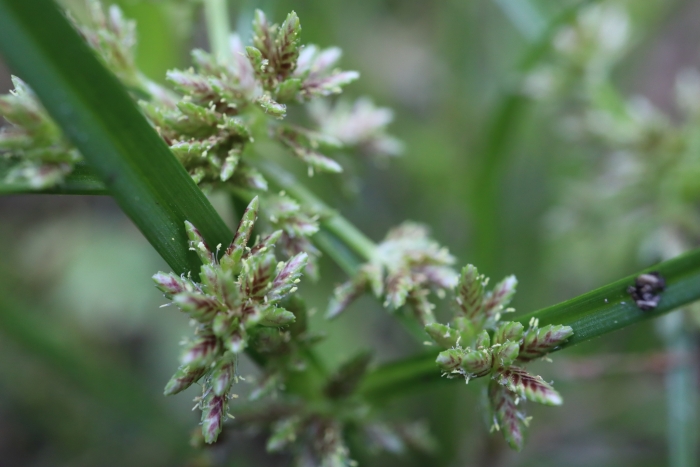Brown Galingale
(Cyperus fuscus)
Brown Galingale (Cyperus fuscus)
/
/

© Henry "Nick" Robertson
CC BY-SA 4.0
Image By:
© Henry "Nick" Robertson
Recorded By:
Copyright:
CC BY-SA 4.0
Copyright Notice:
Photo by: © Henry "Nick" Robertson | License Type: CC BY-SA 4.0 | License URL: http://creativecommons.org/licenses/by-sa/4.0/ | Uploader: henrythesick | Publisher: iNaturalist |
























Estimated Native Range
Summary
Cyperus fuscus, commonly known as brown galingale or brown flatsedge, is a perennial herb that is native to marshes, wet meadows, and the edges of water bodies in Europe, Asia, and North Africa. It is typically found in seasonally wet areas that may dry out in summer, such as ditches and temporary ponds. This plant is well-adapted to fluctuating water levels and can often be found in disturbed wetlands. Cyperus fuscus is a relatively small sedge, usually reaching up to 10-40 cm in height, with a tufted habit and distinctive brownish-green spikelets that appear from July to September. The flowers are not particularly showy, but the plant has a neat, grass-like appearance that can be attractive in a naturalistic planting.
Brown galingale is valued for its ability to thrive in wet conditions and can be used for soil stabilization along pond edges and in rain gardens. It is also of interest for creating wildlife-friendly areas, as it provides habitat for aquatic insects and birds. In cultivation, it prefers full sun to part shade and requires consistently moist to wet soil. While it is not commonly grown in ornamental gardens, it can be a useful plant for ecological restoration projects and naturalized water features. Care should be taken when growing Cyperus fuscus outside its native range, as it has the potential to become invasive in some regions.CC BY-SA 4.0
Brown galingale is valued for its ability to thrive in wet conditions and can be used for soil stabilization along pond edges and in rain gardens. It is also of interest for creating wildlife-friendly areas, as it provides habitat for aquatic insects and birds. In cultivation, it prefers full sun to part shade and requires consistently moist to wet soil. While it is not commonly grown in ornamental gardens, it can be a useful plant for ecological restoration projects and naturalized water features. Care should be taken when growing Cyperus fuscus outside its native range, as it has the potential to become invasive in some regions.CC BY-SA 4.0
Plant Description
- Plant Type: Grass
- Height: 0.5-1.5 feet
- Width: 0.5-1 feet
- Growth Rate: Slow, Moderate
- Flower Color: N/A
- Flowering Season: Summer
- Leaf Retention:
Growth Requirements
- Sun: Full Sun
- Water: High
- Drainage: Standing, Slow
Common Uses
Erosion Control, Low Maintenance, Water Garden
Natural Habitat
Native to marshes, wet meadows, and the edges of water bodies in Europe, Asia, and North Africa
Other Names
Common Names: Brown Galingale, Dark Galingale
Scientific Names: , Cyperus fuscus, Cyperus calidus, Cyperus compressus, Cyperus diandrus, Cyperus ferrugineus, Cyperus forskaolii, Cyperus forskhalii, Cyperus forsskalii, Cyperus fuscus f. calidus
GBIF Accepted Name: